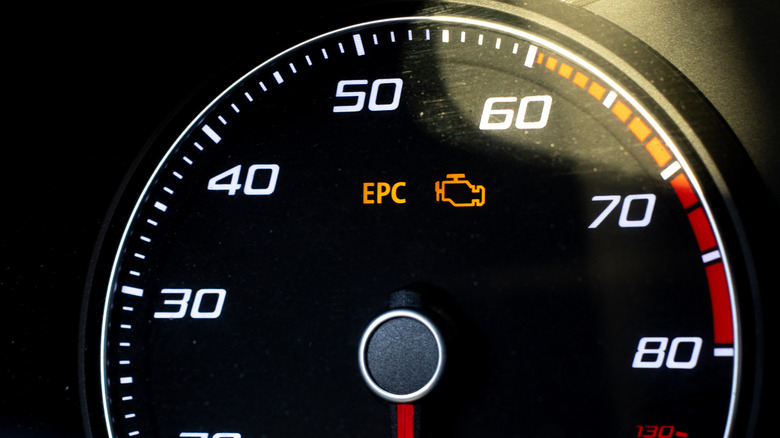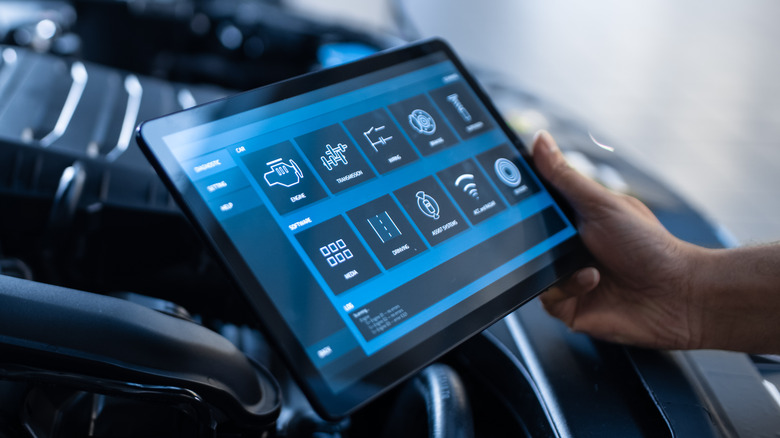What Does The Reduced Engine Power Light Mean, And Is It Safe To Drive With It On?
The reduced engine power light (typically referred to as the "check engine light" or "malfunction indicator lamp") will illuminate when the engine management unit (CPU) detects a malfunction or problem with the engine or transmission. The problems could range from trivial things like a loose or faulty gas cap to something more significant like bad spark plugs, faulty sensors, or gearbox failure.
A modern car's computer will cycle through many sensors after starting the engine to monitor factors like the idling speed, combustion, and transmission gear changes. If one or many sensors detect faults (too much or too little oxygen in the exhaust, inappropriate gas flow, etc.), the ECU triggers the reduced engine power light. It will enter into "limp mode" or "reduced engine power mode," where the computer limits power and acceleration to prevent more damage.
Anything related to air and fuel supply, bad sensors, incomplete combustion, and defective electricals could trigger the reduced engine power light. It means burned-out spark plugs, a severely clogged air filter, a dirty throttle body, a clogged fuel filter, or a wonky fuel pump could cause the light to turn on, and it's typically a guessing game until a mechanic or knowledgeable enthusiast connects a scanning tool to the OBD2 port and retrieve the trouble codes.
What causes the reduced engine power light to turn on?
When the reduced engine power light turns on, expect worrying symptoms like poor acceleration and tepid throttle response. It does what it says by reducing the power output and acceleration of the vehicle. It will sometimes include engine stalling, intermittent idling, and excess vibrations.
The first thing to do when the reduced engine power light turns on while driving is to find a safe place to pull over, park the vehicle, and perform an electronic system reboot. You can do this by shutting off the engine, waiting 10 seconds, and restarting the motor. If the light disappears, you can continue driving. But if the light stays illuminated or returns after a while, bringing the car to a mechanic for immediate servicing is a better option.
Sometimes, an illuminated reduced engine warning light will not have troublesome symptoms like engine shaking, tepid acceleration, or limp performance. However, it doesn't mean it's safe to drive the car. Whenever the check engine light is on, bring the vehicle for servicing immediately to prevent minor problems from becoming costlier nightmares.

